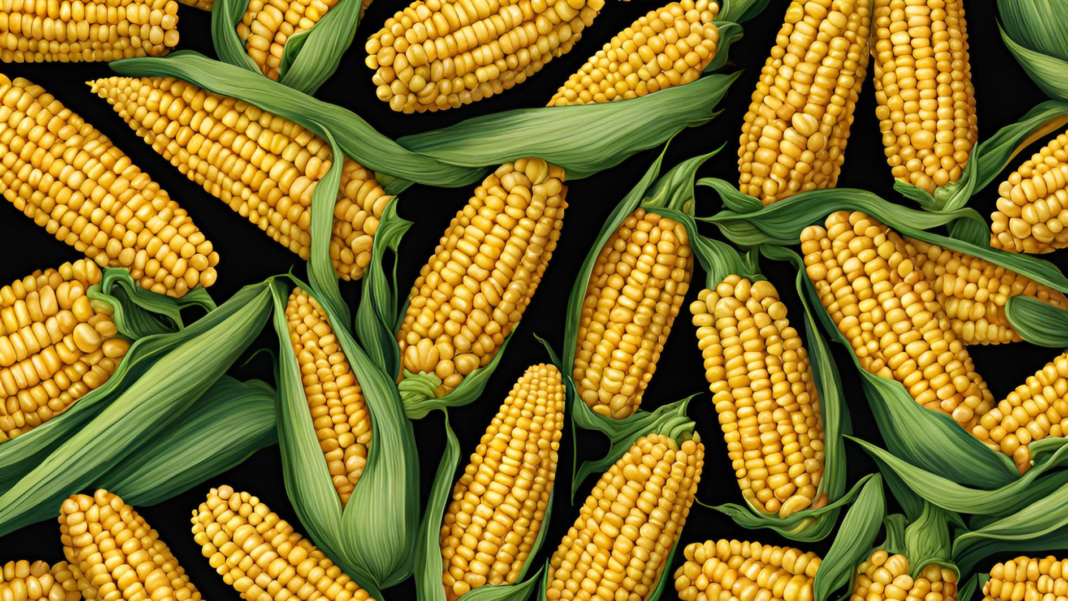Porto Alegre, November 5th, 2024 – While the international market finds a point of balance in order to inhibit either sharp highs or new lows, the Brazilian domestic market is experiencing a tense moment. Corn offers continue to exist, but each week at higher prices and, mainly, with demand. Everything indicates that the short-term position of consumers’ stocks is fueling prices, while producers also adopt a cautious selling stance. In the midst of this situation, exporters are still present and, now, with the support of the exchange rate, they are increasing the prices indicated at ports. The configuration to close the business year will largely depend on the producer’s decision to sell their stocks. There are cash needs at the turn of the year, and room must be found in warehouses for the 2025 soybean crop, which promises to be huge. Meanwhile, the summer corn crop is developing very well with the rain in October and early November.
Domestic corn sales would depend on a good pace of exports to generate a positive environment for prices after the end of the harvest of the 2024 corn second crop. Some market sources have dedicated themselves to comparing this year’s shipments with those of last year, pointing to weak shipments, while we have reported that this year’s shipments are at a good pace for the annual target and the national supply and demand scenario. The comparison with 2023 is misleading and gives us different impressions about the reality of the domestic market.
Thus, corn shipments now reach 30 mln tons, considering the November commitments. The target is something around 40 mln tons in the business year, which will end in January, therefore, with shipments to be made in December and January. We still see it as entirely possible to reach the expected export target this year, especially because the exchange rate has been contributing to this sales flow. Last week, deals were registered at BRL 75/75.50 in Santos for November/December shipments.
Thus, the first movement to support domestic prices is the good export flow and port prices accelerated by the exchange rate. If the shipments do not reach 10 mln tons by January, the remaining volumes will be left to domestic stocks. Based on this result, the domestic market will depend on the producer’s liquidation of the old crop, that is, on the corn sales from the 2024 crop and stretched into 2025. Two issues in this environment: the space needed for the entry of the new 2025 soybean crop, as some producers and cereal sellers are already deciding to sell corn to free up space and others are removing corn from silos to silo bags. The second point is the need for cash flow at the end of the year, when producers need to increase their corn price appraisal. These are the two hypotheses for an improvement in supply and price adjustment until January. If this is not enough to meet all market demand, prices will remain firm for the entire first half of 2025.
At this time, it was expected that OTC prices above BRL 60 in Paraná, BRL 55 in Mato Grosso, and BRL 60 in the interior of Goiás would motivate selling interest and they really did. However, there are internal and export demands absorbing the volumes that arise. In Rio Grande do Sul, the attempt is to absorb as much wheat as possible below BRL 65 CIF industry to balance supply until the arrival of the 2025 season, in January. The rain did not bring wheat with a slightly lower standard, but not so bad as to establish a full supply for feedstuff. So, there are offers, the market is getting supplies but without being able to absorb the levels of BRL 60 CIF, which was the initial objective. The challenge now is to ensure that this wheat can meet the entire demand until the arrival of the summer corn crop.
On the other extreme of the country, in the Northeast, corn prices are also rising. Matopiba’s offers are driven by better prices at the ports of Barcarena and São Luís, and the good demand at this destination. However, the harvests in the Sealba [Sergipe, Alagoas and Bahia] region have not faced sales pressure, with producers selling at a steady pace and placing many volumes in silo bags. Thus, the market in the Northeast region is raising prices, still above expectations, but showing that the more discreet 2024 second crop and the long road to the 2025 second crop will bring very firm prices to the region.
So, in general, if there is any downward movement in corn prices at the turn of the year, it will be due to a more concentrated selling decision by producers. We must pay attention to the rise in domestic interest rates, as they can hold back the faster exchange rate expectations, despite the catastrophic scenario of the Brazilian economy. Besides, we must not forget to focus on the environment of tight supply for domestic demand in the first half of 2025, in general in the country, as a price-support variable.
Meanwhile, the planting of the summer crop continues at a good pace, with the October rain bringing widespread better conditions in producing regions. Higher corn prices tend to be an important factor in motivating the planting of the 2025 second crop, which suggests that there will be good planting conditions in January, February and March. So far, we have not seen any serious problems planting the 2025 second corn crop in Brazil.
Safras News

